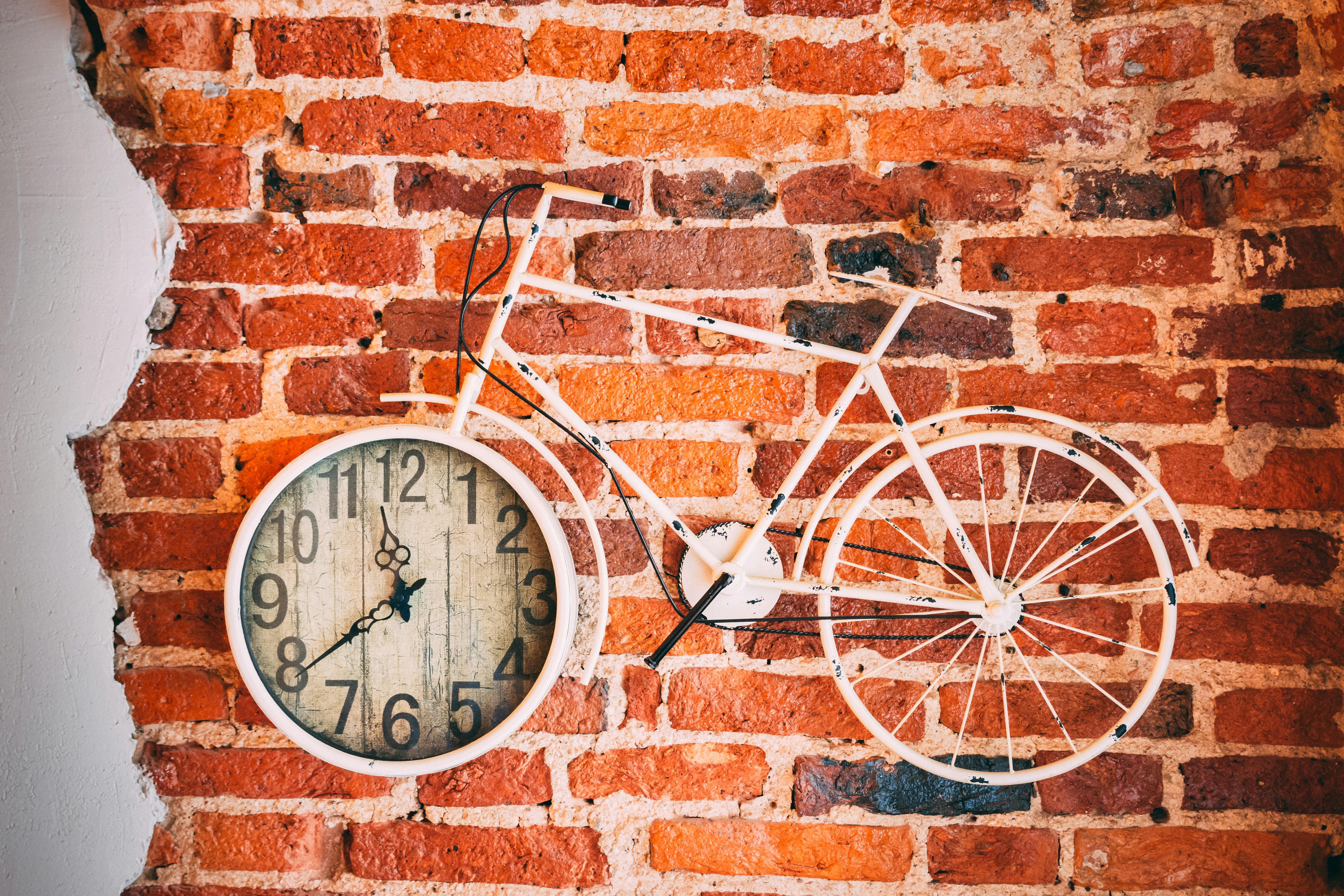Smart Ways to Measure Your Chest for Effective Fit in 2025
Understanding how to measure your chest accurately is essential for achieving the perfect fit in clothing, whether you're shopping for casual wear, athletic gear, or formal attire. Accurate chest measurements are vital as they influence how well a garment conforms to your body shape, ensuring that you not only look great but feel comfortable as well. This article will explore the importance of proper chest measurement techniques, providing a comprehensive guide to ensure that you achieve the right fit every time.
In 2025, the trend of customizing clothing based on precise body measurements has taken center stage. This evolution in fashion emphasizes the need for individuals to take charge of their body dimensions, particularly chest size, to foster better fit and comfort. We'll cover a range of chest measurement techniques, the right tools to use, and common pitfalls to avoid while measuring. With these insights, you can step into any clothing store or tailor's shop with confidence.
Key takeaways include the best practices for taking your chest measurements, the importance of utilizing the correct measuring tape, and the various applications of chest measurements for different clothing types.
Essential Techniques for Accurate Chest Measurement
When learning how to measure your chest correctly, using the right techniques is critical. The most commonly utilized method involves measuring chest circumference using a flexible measuring tape. Start by wrapping the tape around the fullest part of your chest, making sure it stays level to ensure an accurate reading.
One of the foundational measurements is the chest circumference, generally taken in inches. Stand in a relaxed position, ensuring that your arms are down by your sides. This position allows your chest to spread naturally and provides an accurate baseline for your measurement. Besides circumference, understanding your chest width measurement can also be beneficial, especially when purchasing tailored clothing.
While measuring, avoid pulling the tape too tightly or allowing any slack, as this can lead to discrepancies. Additionally, repeat the measurement two or three times for accuracy, as consistency is key in obtaining the right size.
This naturally leads us to understanding different measurement tools available for chest sizing.
Measuring Tools and Their Importance
Selecting the right measuring tape is crucial for effective measurement. A soft, flexible measuring tape is ideal for chest measurements, specifically designed to wrap around the body without causing discomfort. Some people prefer using a standard tape measure or even a fabric tape, which is more flexible and less prone to slipping.
In addition to measuring tapes, calipers can be employed for more precise measurements, especially for fitness enthusiasts tracking body changes. Regularly assessing your chest girth using accurate tools helps in making appropriate clothing choices or tailoring adjustments.
Furthermore, utilizing a chest measurement guide can aid in understanding how different styles of clothing may fit based on your chest size. This guide can clarify whether you need a more tailored fit for formal situations or a looser style for casual outings.
Staying on top of the measurements of your chest ensures you can navigate clothing purchases effortlessly, preventing the disappointment of trying on clothes that don’t suit your figure, which brings us to practical aspects of applying your measurements.

Practical Applications of Chest Measurements
Understanding chest size measurement techniques doesn’t just serve to improve fit, but is particularly beneficial in various scenarios, such as when purchasing custom clothing or tailoring items to your body. Different garments may require specific adjustments, and knowing your chest circumference and width will guide you in speaking with a tailor effectively.
For sports enthusiasts and athletes, accurate chest measurements can significantly influence the performance and comfort of athletic wear. Clothing designed with the right fit can enhance mobility and support, thus improving performance. Ensuring that your athletic tops and jackets accommodate your chest dimensions can lead to a more enjoyable workout experience.
When it comes to measuring for loose-fitting shirts versus tailored styles, consider how chest size plays a role in creating a flattering silhouette. Tailored styles may require a more accurate bust assessment, whereas looser shirts can allow for a more relaxed measurement approach. Therefore, understanding the intricacies can lead to more informed garment decisions.
With these principles established, let's dive into some best practices to keep in mind while measuring your chest.
Best Practices for Accurate Measurement
To achieve the best outcomes when measuring your chest, avoid common mistakes such as measuring over clothes or not standing up straight. Ensure that the measuring tape is level and snug but not overly tight, as this could skew your results.
Precision counts, so it's best to take measurements at the same time each day, ideally when you have a consistent body state, such as first thing in the morning. This practice helps in maintaining uniform results over time, essential for tracking changes, especially in fitness contexts.
Utilize measurement charts to interpret your size appropriately for specific clothing brands that may have varying sizing standards. Many brands have their own sizing guides, and being aware of these can help prevent size-related confusion.
By keeping these practices in mind, you're better positioned to navigate the world of clothing with confidence and certainty.

Measuring Your Chest for Different Clothing Types
The type of clothing you intend to wear is a crucial factor that affects how you take your chest measurements. Whether for casual wear, formal wear, or athletic gear, each instance requires you to focus on specific areas and apply targeted measurement techniques.
When determining your measurements for a tailored shirt, it’s essential to focus on your chest circumference and width accurately. Tailors often accommodate these measurements specifically to ensure an appropriate fit around the shoulders and across the torso. Make it a point to provide measurements to your tailor along with any notes about fit preferences, allowing them to customize garments best suited to your body.
For activewear or sports clothing, emphasize breathability and flexibility. Understanding the chest size comparison against the cut of the garment can improve your fitness experience. Ensuring a little extra room in these types of clothing can promote freedom of movement, crucial during performance.
In contrast, for structured jackets or formal blazers, a snug fit around the chest is critical to creating a flattering profile. It may be beneficial to discuss the complexity of your measurements with a professional to achieve the ideal fit, enhancing both appearance and comfort.
With these insights on how to measure your chest and apply those measurements across various clothing types, we can transition to understanding the role of measurements in enhancing overall comfort and fit.
The Role of Measurements in Enhancing Comfort and Fit
Accurate chest measurements not only influence aesthetics but also play a significant role in your overall comfort level. Ill-fitting clothing can lead to discomfort and restrict movement, causing irritations while wearing garments.
Incorporating chest measurement practices into your regular clothing evaluation promotes a proactive approach to maintaining a wardrobe that serves your lifestyle effectively. It can help prevent the pitfalls of ill-fitting attire that often leads to embarrassment or even rashes in some cases.
Your personal measurement guide should be reflected in your everyday choices, understanding the relationship between body size and how it correlates with comfort. The more you comprehend your body dimensions, the better can navigate stores or tailor discussions confidently.
This perceptive approach can transform how you experience clothing, making the act of dressing an enjoyable and rewarding experience rather than a frustrating task.
Frequently Asked Questions About Chest Measurement
Q: What is the best method to measure my chest size accurately?
A: The best method involves using a flexible measuring tape to wrap around the fullest part of your chest, ensuring it remains level without being pulled too tightly.
Q: How often should I take my chest measurements?
A: It's advisable to take your chest measurements every few months, especially if your body weight fluctuates or if you're changing fitness regimes.
Q: Are there specific tips for measuring my chest for athletic wear?
A: Yes! When measuring for athletic wear, aim for a snug fit conducive to movement while considering room for layering if needed. Always measure while wearing minimal clothing.
Q: Why is it important to have accurate chest measurements for tailoring?
A: Accurate measurements enable tailors to craft garments that fit your body perfectly, enhancing your overall appearance and making the clothing more comfortable.
Q: Can my chest size change over time?
A: Yes, chest size can change due to factors like weight fluctuations, body composition changes, or natural aging trends, making periodic measurements essential.
```